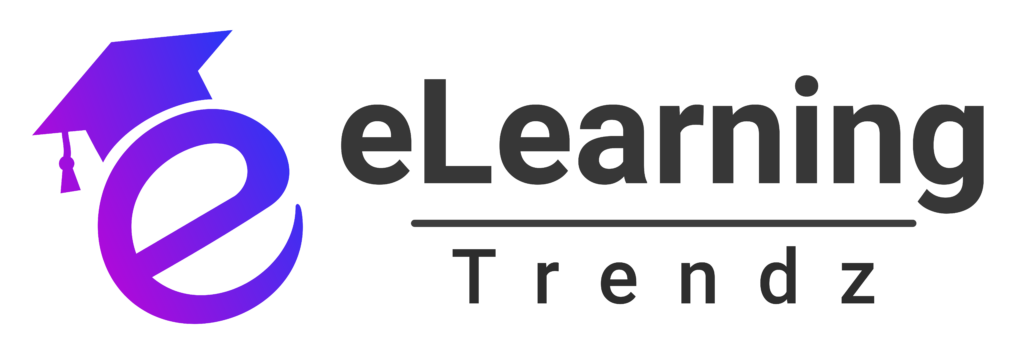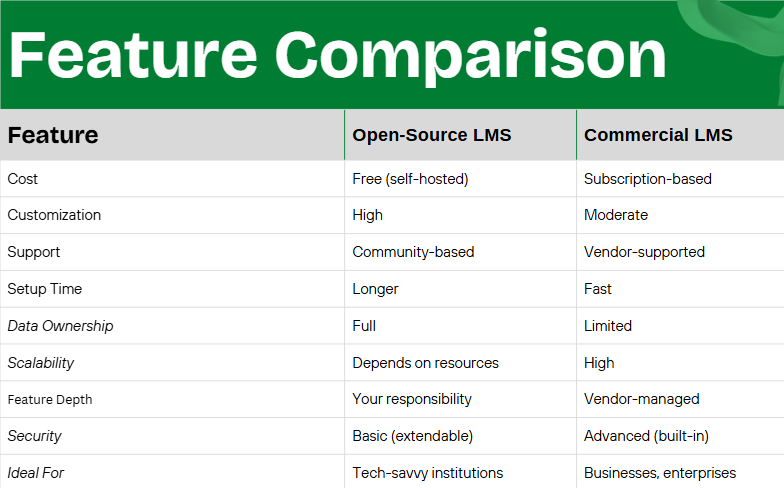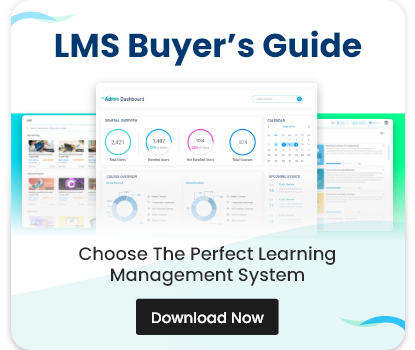
Share this post

Elena Marques
Elena Marques is a seasoned eLearning strategist and content creator with over a decade of experience in instructional design, corporate training, and digital learning innovation. At the forefront of the learning and development space, Elena specializes in creating insightful, research-driven content that empowers organizations to adopt cutting-edge solutions—ranging from AI course creators to cloud-based LMS platforms.
View Profile
Facebook
Twitter
LinkedIn
Pinterest
Recent Posts



Free LMS Success Stories: How Educators Are Transforming Learning
October 15, 2025

Integrating a Free LMS with Third-Party Tools: What You Need to Know
October 15, 2025

Free LMS for Small Businesses: Cost-Effective Training Solutions
October 15, 2025
Related Post
Lorem ipsum dolor sit amet, consectetur adipiscing elit, sed do eiusmod tempor incididunt ut

PPT vs SCORM: A Complete Comparison of Modern E-Learning Formats
October 17, 2025


Free LMS Success Stories: How Educators Are Transforming Learning
October 15, 2025

Integrating a Free LMS with Third-Party Tools: What You Need to Know
October 15, 2025









